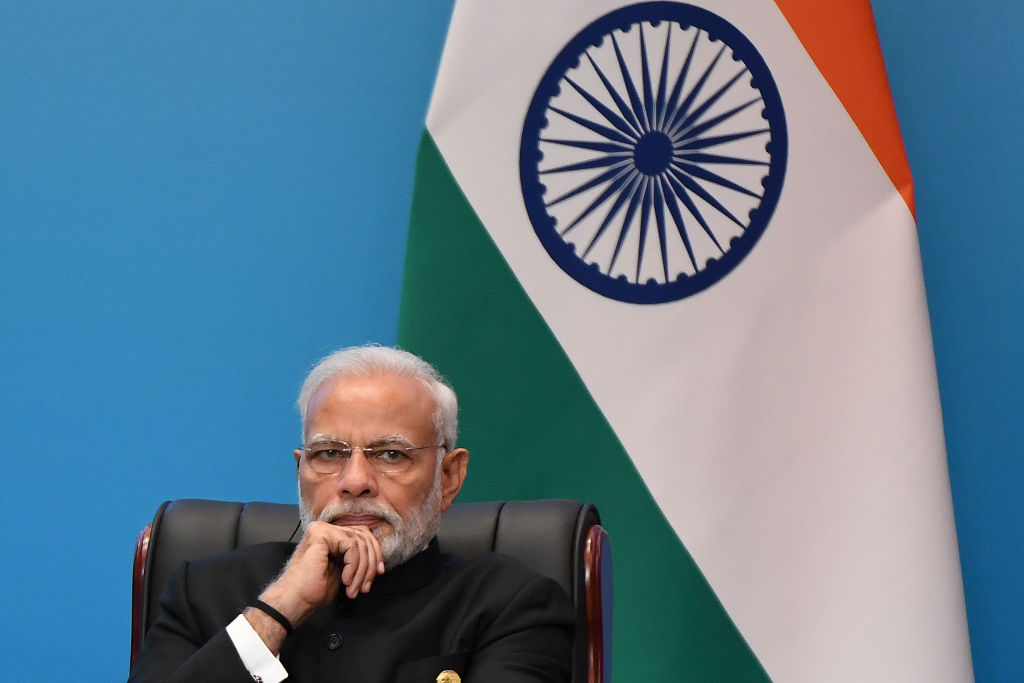- Saturday, April 19, 2025
The investment firm cited lack of infrastructure and a low skilled workforce as the main reasons but still maintained a positive outlook on the South Asian economy’s prospects.

By: Shubham Ghosh
AMID talks that India is fast emerging as a power to rival China, investment bank Morgan Stanley’s chief Asia economist has predicted that the South Asian economy is improbable to attain the sustained economic growth rates of 8%-10% seen in China’s trajectory over the long haul. However, the investment bank has maintained a positive outlook on India’s prospects.
Chetan Ahya mentioned during an interview with Bloomberg Television on March 18 that India’s economy is expected to grow steadily at a rate of 6.5%-7% over the long term and is still distant from supplanting China as a global manufacturing hub.
Official figures reveal that China achieved an average annual growth rate of 10 per cent in the three decades following its economic reforms in 1978.
Read: India’s Agni-5 missile: Deterrence against China or is New Delhi thinking something bigger?

According to, economic advancement in India is hindered by deficiencies in infrastructure and a workforce with low skill levels.
“Both these constraints make us believe that India’s growth is going to be strong, but at 6.5%-7% rather than 8%-10%,” he was quoted as saying in the interview.
Read: WTO: India blocks efforts to include China-led investment facilitation pact
Nevertheless, Morgan Stanley remained optimistic about India’s prospects. In a recent report, the investment firm likened the current economic expansion to the boom experienced in the mid-2000s, driven by growing investment.
Ahya said India is poised to claim its “rightful place” on the global stage. Early indicators of this ascent are seen in a surge in capital flows and India’s growing share of global foreign direct investment, he added.
“But to say that India will replace China or compete very heavily with China in the manufacturing sector, we think that’s less likely,” he told the outlet.
China is significantly ahead in manufacturing and is venturing into new industries such as renewable energy, space technology, and legacy semiconductors, remarked Ahya. “India is going to take time to get to that type of competitiveness,” he added.
In the last quarter of 2023, India recorded a growth rate of 8.4 per cent, although some economists have cast doubt on the robustness of the data. Government officials anticipate the economy to grow by seven per cent in the upcoming fiscal year starting next month, following an expected expansion of 7.6 per cent in the current financial year.